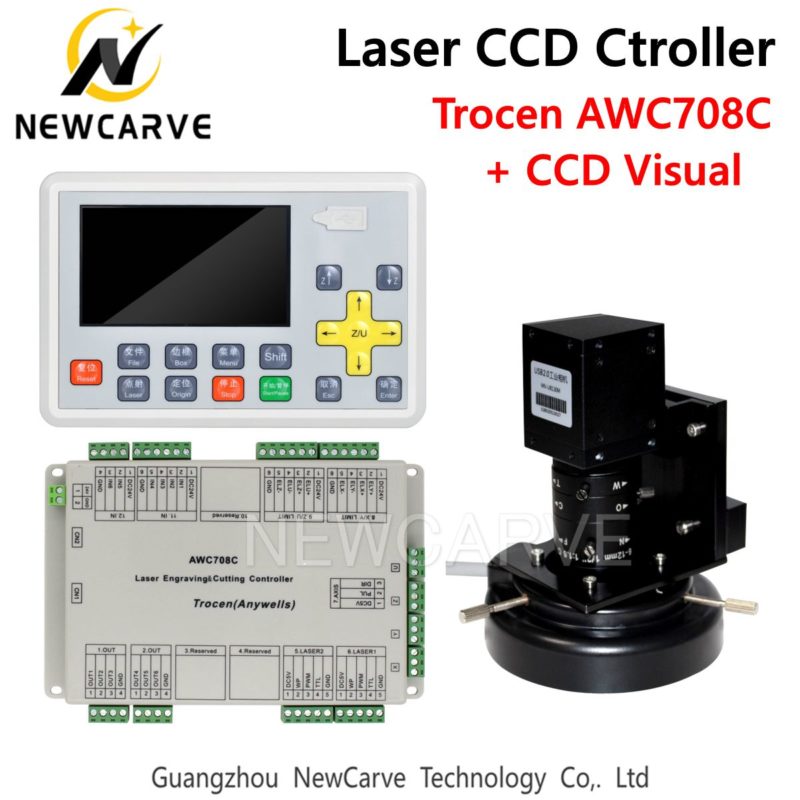In general, industrial cameras are installed on the machine line instead of the human eye for measurement and judgment. Basically, it is converted to an image signal by a digital image pickup target and transmitted to a dedicated image processing system. The imaging system performs various operations on these signals to extract features of the target, and then controls the action of the device on the spot according to the result of the discrimination.
1. System accuracy requirements and camera resolution
Usually, the user first needs to know the system accuracy requirements and camera resolution, you can pass the formula:
X-direction system accuracy (X-direction pixel value) = field of view (X direction) / CCD chip pixel number (X direction)
Y-direction system accuracy (Y-direction pixel value) = Field of view range (Y direction) / CCD chip pixel number (Y direction)
2. System speed requirements and camera imaging speed
Of course, the theoretical pixel value is derived from the system accuracy and sub-pixel method. Then the user needs to know the system speed requirements and camera imaging speed:
System single running speed = system imaging (including transmission) speed + system detection speed
Although the system imaging (including transmission) speed can be theoretically calculated according to the camera asynchronous trigger function, shutter speed, etc., the best method is to actually test through software.
3. Suitability for the camera together with the image acquisition card
Then the user wants to consider the camera together with the image acquisition card because this involves a match between the two:
Video signal matching: There are two formats for black and white analog signal cameras, CCIR and RS170 (EIA). Usually, the capture card supports both cameras at the same time;
Resolution matching: Each board supports only cameras within a certain resolution range;
Matching special features: If you want to use the special features of the camera, first determine whether the card used supports this function. For example, if multiple cameras are taking photos at the same time, the capture card must support multiple channels. If the camera is progressive scan, then The capture card must support progressive scan.
Matching of the interface: Determine if the interface between the camera and the board matches. Such as CameraLink, GIGE, CoxPress, USB3.0 and so on.
4. Prices comparison
After satisfying the user’s necessary requirements for testing, it should be the price comparison.
For example: If our inspection task is the dimensional measurement, the product size is 18mm*10mm, the precision requirement is 0.01mm, the assembly line operation, the detection speed is 10 pieces/second, and the on-site environment is an ordinary industrial environment, regardless of interference.
First of all, we know that it is a pipeline operation, the speed is relatively fast, so we choose a progressive scan camera. Also, we can set the field of view size to 20mm*12mm (considering the error of each mechanical positioning, the field of view is properly enlarged than the object), if we can get it Very good image (such as can be backlit), and our software measurement accuracy can consider 1/2 sub-pixel accuracy, then we need a camera resolution of 20/0.01/2 = 1000pixcel (pixel), the other direction is 12 /0.01/2=600pixcel, which means that the resolution of our camera needs at least 1000*600pixcel, the frame rate is 10 frames/second, so we choose 1024*768 pixels (1280 can also be considered if the software performance and mechanical precision are not accurate) *1024pixcel), the frame rate can be above 10 frames/second.

We specialize in providing you with high-quality CNC controller (visual cutting control system) and related accessories for cutting, milling, engraving, etc. We support a global fast delivery service for your order. And you could also visit our store in the Aliexpress.com NewCarve store.
If you have any questions, please feel free to contact us:
Email: icnccontroller@gmail.com
Messenger: +8618820192009
WhatsApp : +8618820192009